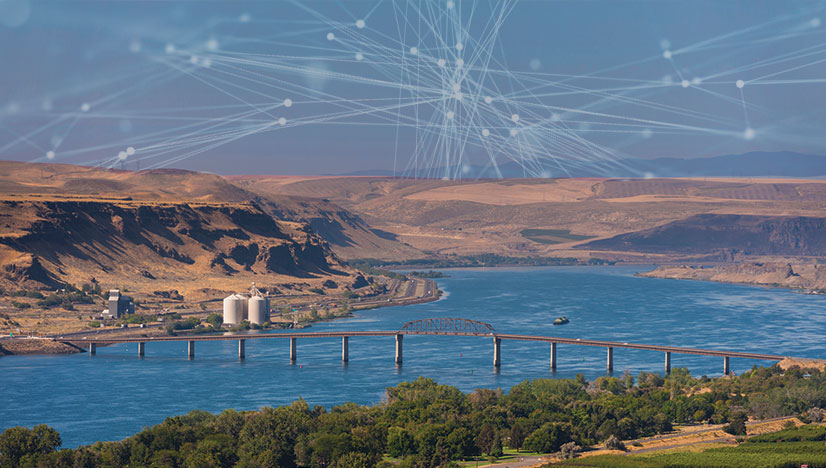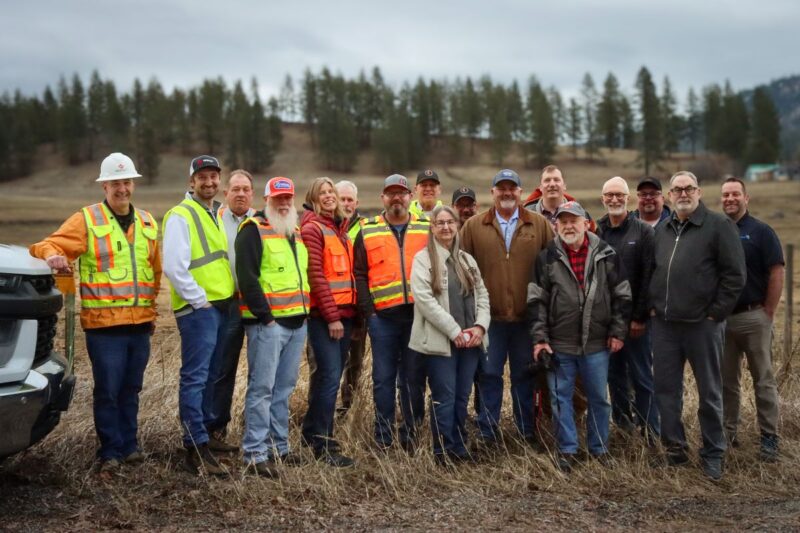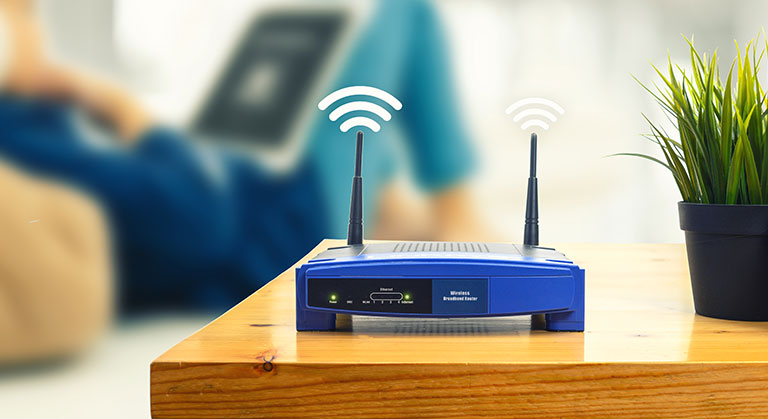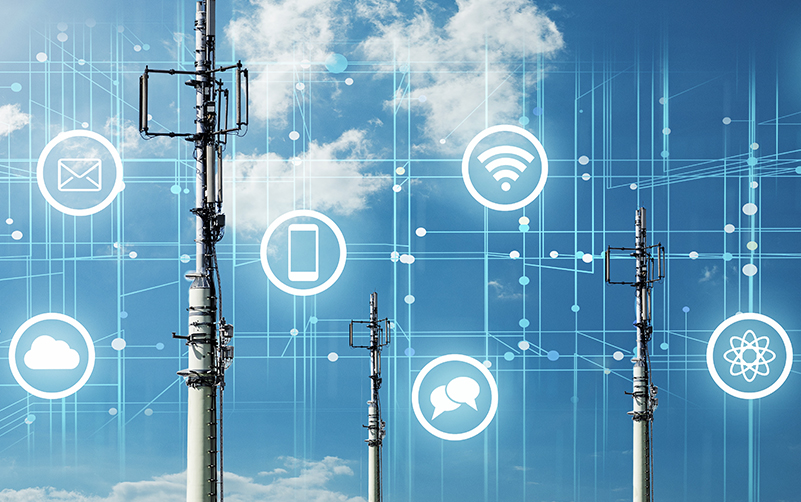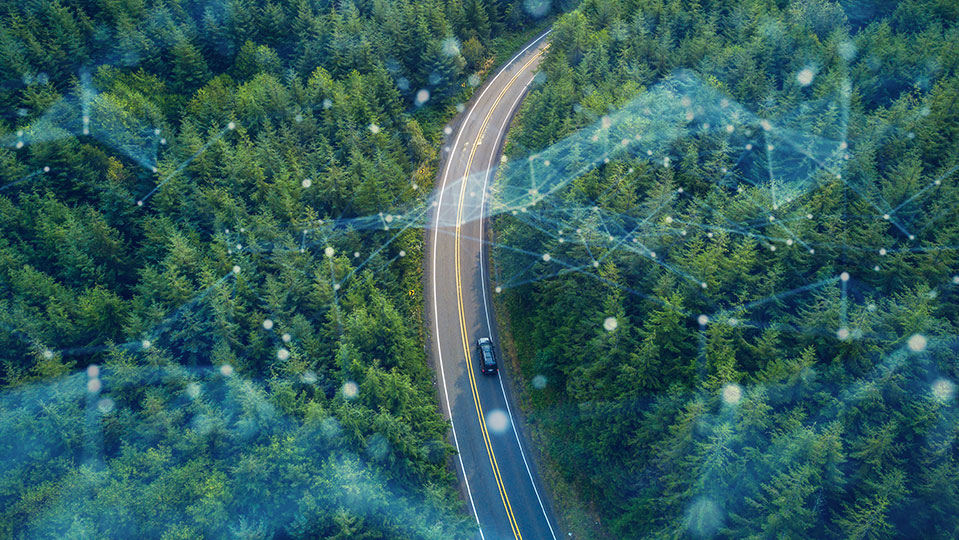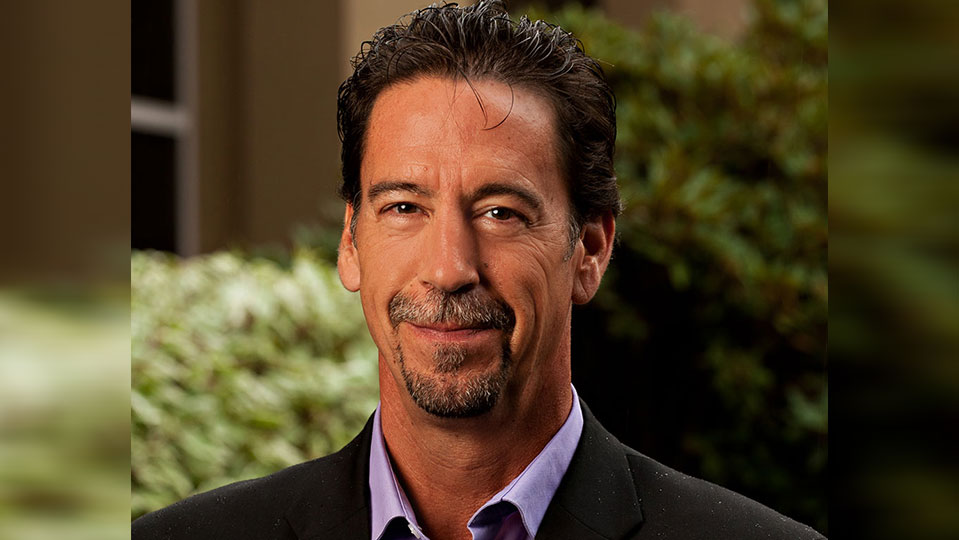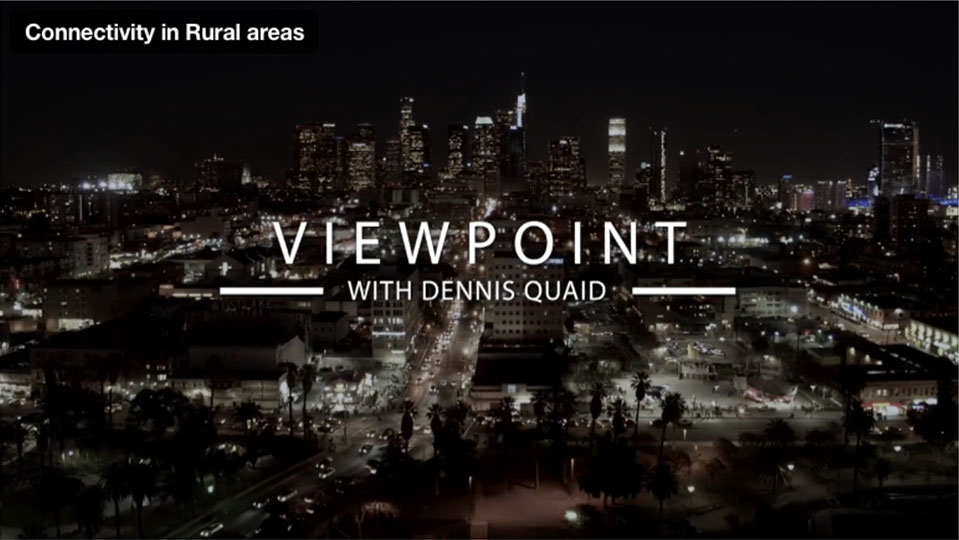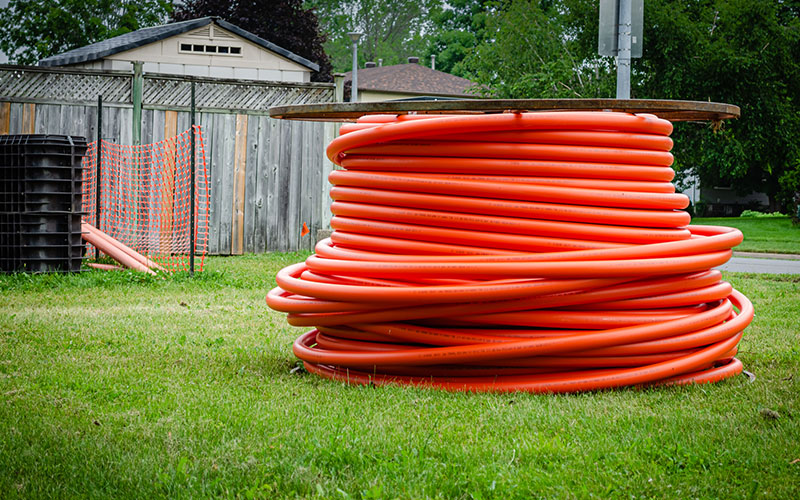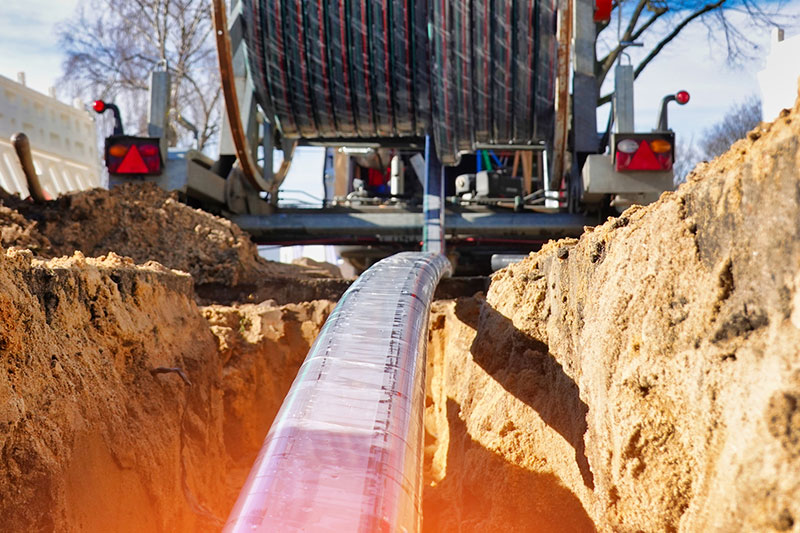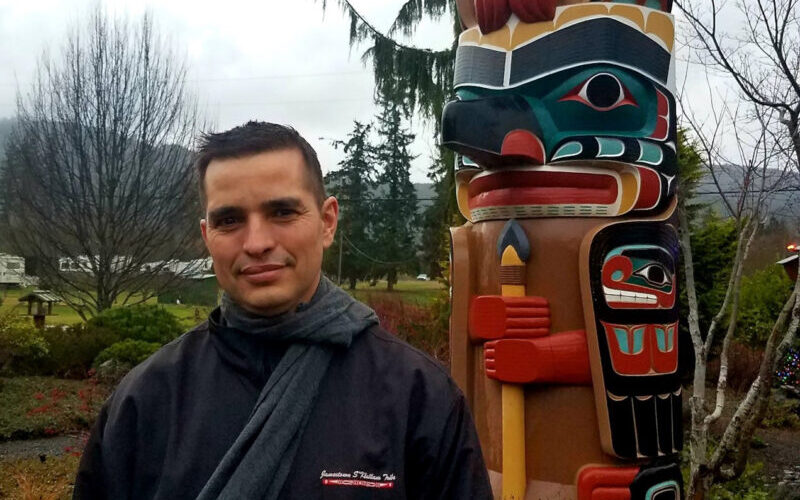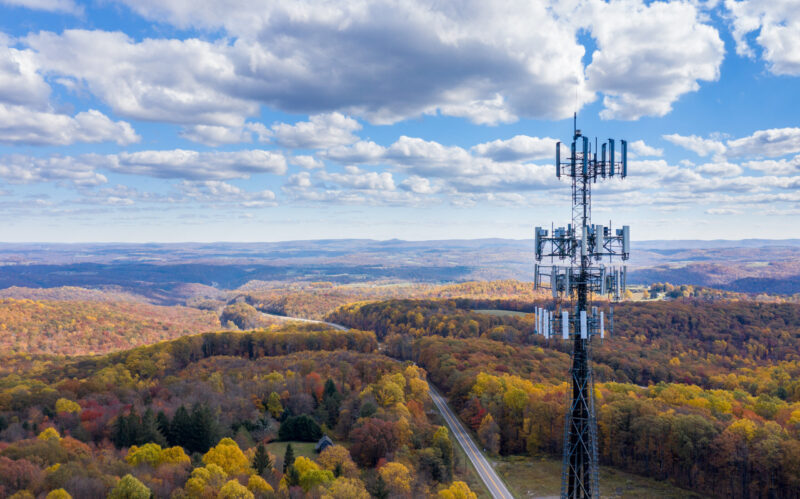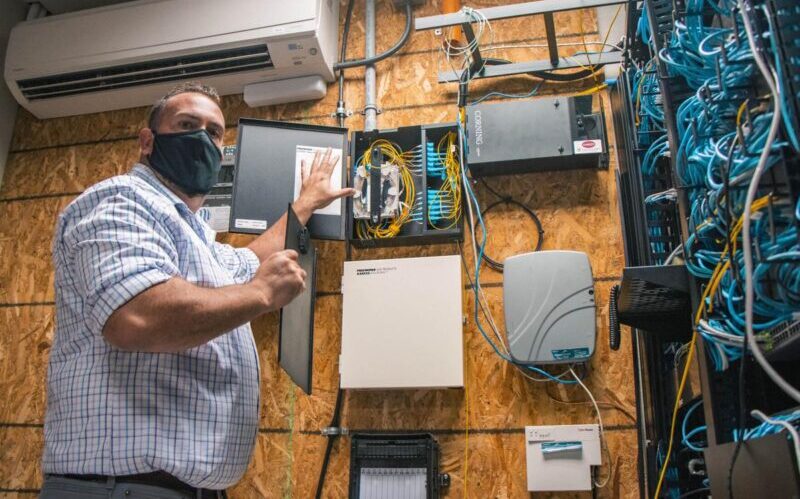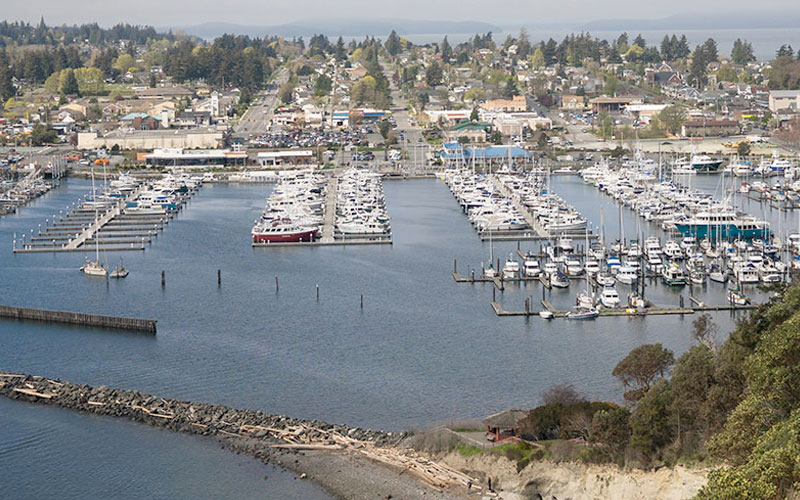Rural life is changing in the best possible way, thanks to initiatives chipping away at the digital divide and inviting innovation in the form of smart regions. Catalyzed by wide urbanization and the consequences of climate change, interests such as governmental, nonprofits, education, and commerce are collaborating for change. Opportunities that were previously only possible in urban environments are now available to surrounding rural areas through these collaborations.
Smart Regions pool their natural assets with their more city-like features, services and technology to try to reach the full potentials for future development. Beyond inherently digital-friendly urban cores, smart regions encompass the assets of large geographic swaths to make them better able to compete for jobs and investment across all industries.
With robust legislative support, Washington State will emerge as a national leader in Smart Region deployment. Washingtonians will be rewarded with exponential benefits to our economy, our environment, educational access, cost-effective government efforts, and world-class public safety systems.
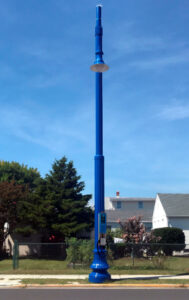
By scaling urban innovation to regional innovation—things like how we design, build and operate shared infrastructures—regional solutions can create mutually beneficial economic sustainability, address key needs and keep areas competitive and resilient. For example, grants such as the i6 Challenge, administered by the U.S. Economic Development Administration, have incentivized collaboration between diverse interests to form smart region innovation clusters that tackle local urban challenges and essentially grow economies.
Smart Regions Benefit Every Sector
For students, Smart Regions open broader educational opportunities and future regional employment. For industries, it widens their area talent pool while increasing potential new markets for business. In essence, smart regions remap industries and redistribute opportunities (and populations!) because people may relocate to a smart region to start or grow their businesses. The positive social impacts become exponential: new products and services will launch and high tech jobs increase.
The health of a region’s economy (and its population) directly links to the effectiveness of its civil infrastructure. Intelligent technologies can provide new tools and data analytics that help governments manage limited resources, address equity gaps, grow economies, and make livable and sustainable economies.
What does success look like?
Effective planning will cultivate strong communities and investment. With a comprehensive plan we can take existing grant and loan programs and work towards an aggregate model to support the initiatives that Smart Regions solutions provide. We see a successful outcome developing three distinct solutions:
- Infrastructure – Development and integration of technologies that allow champions to construct these systems in appropriately zoned locations across our public roads, residential neighborhoods, and commercial business districts.
- Roadmap – Coordination of individuals, businesses, EV manufacturers, smart streetlight manufacturers, wireless providers, suppliers, and public sector organizations to develop the clear and actionable plans for the widespread development of Smart Regions solutions.
- Action Items – A statewide strategy mush challenge our communities to adopt forward thinking strategies, these action items would be designed to accelerate the adoption of Electric Vehicles, 5G cellular communications, public Wi-Fi and broadband, and create efficient public utilities.
A Smart Regions plan for Washington is going to be expensive. However, it will only be more expensive if we do not coordinate our efforts so that infrastructure is built only once- and perhaps even more importantly- that it is built correctly the first time.
NoaNet has been a champion of advanced smart regions solutions, bringing our expertise in high-capacity network infrastructure, consulting, and operations services to rural communities, successfully reducing the impacts of the digital divide. We have fostered collaboration between county agencies, public schools and universities, healthcare, nonprofits, utilities, and regional transportation industries to initiate pilot programs that serve as scalable models. As challenges grow, the need for governments and the private sector to collaborate is critical. We can help.
Northwest Open Access Network (NoaNet) is a not-for-profit wholesale telecommunications mutual corporation that has been serving Washington State since 2000. As a mission-driven organization, NoaNet focuses on bringing world-class telecommunications technology to hard-to-reach communities which lack access to high-speed affordable broadband services.

